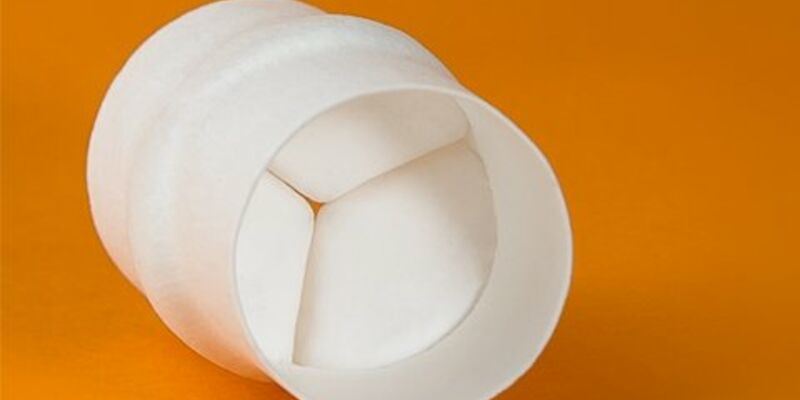
- Research
- 04/10/2016
First Xeltis heart valves in humans
TU/e spin-off Xeltis has begun a clinical study of new heart valves cultivated in the human body. Artificial heart valves have been placed in three children. These valves slowly change into living heart valves by absorbing cells from the bloodstream. The heart valves, which are based on TU/e research, have been optimized by Xeltis.
The surgery was carried out in the summer. According to Dr. Zsolt Prodan, one of the surgeons involved, the three patients are doing well. He is presenting the results this week at the Annual Meeting of the European Association of Cardio-Thoracic Surgery.
The new heart valve replaces the so-called pulmonary valve, the valve between the right ventricle of the heart and the pulmonary artery, whose job is to ensure that no blood flows back into the heart. This is particularly crucial for children whose pulmonary valve functions poorly. These children currently have to undergo major surgery several times throughout their lives to get new artificial heart valves.
The Xeltis heart valve comprises sophisticated polymers that capture cells from the bloodstream and stimulates the creation and growth of new, functioning tissue. In the meantime the original polymer valve dissolves and eventually disappears in whole.
The new valve technology is based on years of research and development at the departments of Biomedical Engineering and Chemical Engineering of TU/e. The Dutch-Swiss company Xeltis is now collaborating with hospitals in Switzerland, Poland and Hungary to commercialize the technology. The company’s R&D department is based at the TU/e campus.
Source: TU/e press team
Discussion